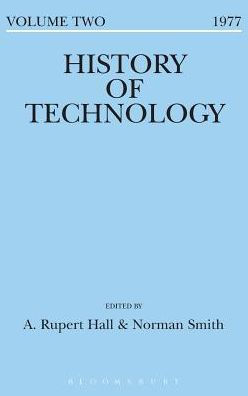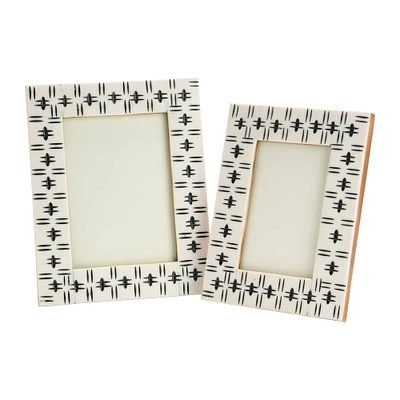Home
Dugout Canoe in black and white photos: Indigenous Technology Volume II
Loading Inventory...
Barnes and Noble
Dugout Canoe in black and white photos: Indigenous Technology Volume II
Current price: $8.99


Barnes and Noble
Dugout Canoe in black and white photos: Indigenous Technology Volume II
Current price: $8.99
Loading Inventory...
Size: OS
*Product Information may vary - to confirm product availability, pricing, and additional information please contact Barnes and Noble
Dugout canoes are known worldwide, in any place where there are suitable trees, and bodies of water. The process of making them is not as simple as it seems. Hawaiians, in seeking out a tree to make dugout outrigger canoes, sought out trees that had no woodpeckers, or other indications of insects. This was one way to achieve quality control. The process seems simple enough: fell the tree, pick the best side for the bottom, and build a fire on top. The fire would burn. The charred area would be removed, perhaps with stone tools, and a fire built again. The process took a while. In a way, the dugout canoe is a large, pointed bowl, of wood, in the same way that a birchbark canoe is a large, pointed basket. Storage was easy enough. In the winter, the boats could be weighted with rocks, and stored at the bottom of a pond. Several dugouts like this have been found in Connecticut. Otherwise, we suspect that they were stored in shade, just as Hawaiian dugouts were, when not in use. We are used to a high polish, smooth finish on wooden items. Hawaiian dugout outrigger canoes can be finished to a high polish, but this was probably not typical. They had sandpaper, of a sort, sand on treated leather. They could use oil, to finish the wood. When I made my first bow, out of Osage Orange, I heated the wood, over a fire, and put oil on the wood. The wood soaked it up right away. A living tree has a humidity of around 40%. When dried, wood has about 10% humidity. It soaks up oil, to replace the water. One can even use vegetable oil, for finishing wood. Tom Brown, Jr., noted that a bow bought in a store is a piece of technology. A bow made with iron tools is a personal implement. A bow made with stone tools is an extension of your arm, which is one reason indigenous peoples buried their dead with their tools. A dugout canoe, made in the old way, is almost alive, and feels very different from, say, an aluminum canoe. A picture is worth 1,000 words. Here are some pictures of dugouts.

















